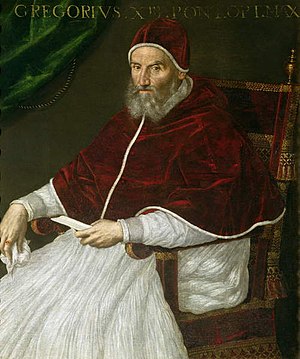 |
| Canal manager's home. |
Jacob Freeman (1792-1871) was described as a well-liked and respected citizen of the quaint small town where he lived. He served the town as the coroner and justice of the peace. He would expound upon the virtues of his hometown to anyone who would listen. That is if he wasn’t busy with his favorite pursuit of hunting game. His neighbors showed their appreciation for this town booster, by naming the town after him in1830. Jacob’s grandfather, Edward Freeman, had purchased the land, in 1790, where Freemansburg would eventually be established. Jacob was able to sell off several of his lots when the Lehigh Coal and Navigation Company completed the 1.5-mile section of the canal, a lock tender’s house, mule barn and Locks No.43 and 44 in the autumn of 1829. Lock No. 43 is now within the city limits of Bethlehem. A few other European settlers had arrived to settle the area before the Freemans. John Nance was considered the first settler. He opened a gristmill, known as Nance’s Mill. Nancy Run, a stream that runs into the Lehigh River at the north end of town, was named for him. Freemansburg was originally called “Nance’s Mills.” Peter Bachman, another early settler, built his home and tavern at the west end of town, in 1760. The tavern was known as Willow Grove. It was the first stone home built in this area. Legend has it that some of the local Leni Lenape shot arrows at the stone masons, from the south side of the Lehigh River. They hoped to delay the building of the home. A Bethlehem Moravian, George Huber, in the early 1760s, built a sawmill and distillery at the northern end of Freemansburg. In 1817, George Butz built his gristmill on Nancy Run.
Before the construction of a temporary wooden bridge at Freemansburg, the only way to travel across the Lehigh River was by Currie’s Ferry. Lawyer, John Currie, who lived in Shimersville, which was located across the river from Freemansburg, had erected the service. Henry Jarrett built the first temporary bridge in 1816. The bridge only lasted until 1825; when the unfortunate Daniel Schnable, with a four-horse team and loaded wagon, found the bridge could not support him. He and his horses crashed through the structure and fell into the Lehigh. Schnable and his horses survived the fall. Three more bridges followed; a covered bridge made of wood (1826), a bridge made of steel (1896) and finally the modern cement bridge (1990) we use today.
Freemansburg owed its rapid development to the canal built by Josiah White and Erskine Hazard. The majority of the canal boats floating by Freemansburg carried coal; however a few hauled logs, grain, vegetables, and limestone. It wasn’t unusual for the boatmen or “canallers” to live with their families on the boats. They often docked in Freemansburg to trade a bucket of coal for a chicken, eggs or milk. If a bank dweller was without the funds to pay for coal, they were known to set up bottles along the bank. The boatman would play the game and throw coal at the bottles. This coal would be gathered by the bank dweller to keep his family warm.
During the 1830s, Jacob Freeman built the second tavern of the town, known as the Freemansburg Hotel. The structure was described as extravagant. Thomas & Bellows opened a general store in 1831. Three more stores came in the next few years, Leeser’s, Jacob Ginsinger and P.S. Bachman. Three boatyards were built by G.&A. Bachman, Warg & Luckenbach and A. Cortright. The boat yards employed over a hundred people and produced as many as one hundred boats per year.
By 1850 there were one hundred dwelling in Freemansburg. The population boom necessitated the building of a school in 1856 as well as the town’s incorporation as a borough on January 24, 1856. The heyday of the canal came to an end as the Central New Jersey Railroad came through the area in 1860. Some of the graves in the Lutheran Reformed Church Cemetery had to be moved to make way for the tracks. The trains stopped in Freemansburg for industry and passengers. Because of the increasing popularity of cars, buses and trucks, the Freemansburg passenger station was demolished in 1966 and all rail service had stopped by 1989.
Freemansburg attracted other important industries. Bachman and Clewell established the Lehigh Valley Manufacturing Company in 1867. Their company made soap and candles. The Northampton Iron Co. built the Northampton Furnace in 1872 for the production of pig iron. William Shimer & Son Co. from 1875 to 1895 operated a cast iron toy manufacturing company. These cast-iron toy banks, trains and canons are highly collectible today.
In 1901, Lehigh Valley Traction Co. offered trolley service between Freemansburg and South Bethlehem, making the borough a favorite bedroom community for Bethlehem Steel employees. Charles Derr, Vice-President of Freemansburg Borough Council, headed the Old Freemansburg Association. In the late 1990’s they restored the 1.5 miles of canal towpath, lock tender’s house, mule barn and Lock 44. The borough owns and maintains the entire historic property. It is a favorite destination for walkers, runners and bicyclists.




















